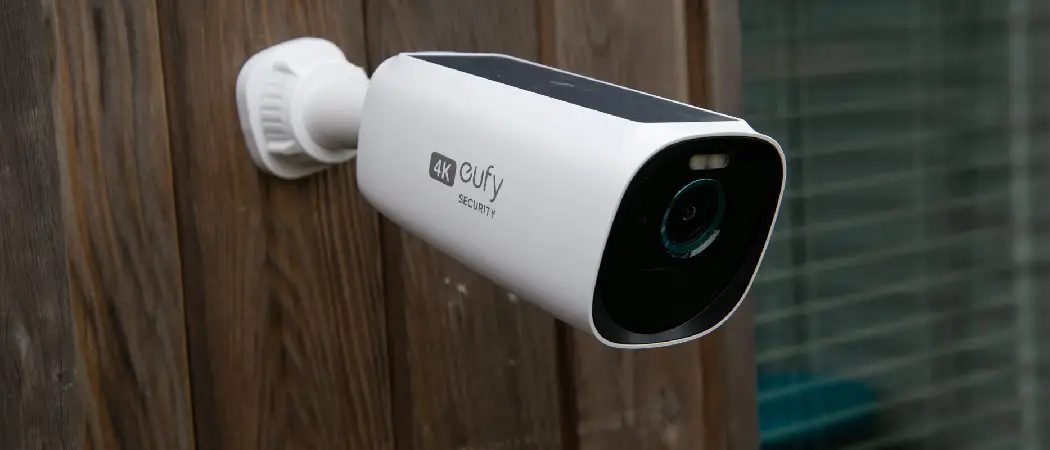Have you ever had the frustrating experience of constantly receiving false alerts from your motion camera? You set it up to ensure the security of your home, but instead, you find yourself constantly checking your notifications only to discover it was just a harmless bug or a passing shadow.
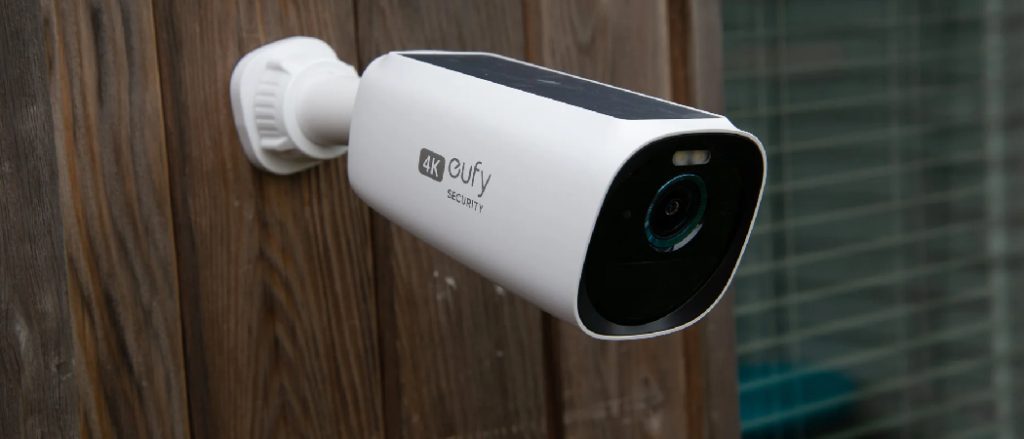
It’s time to put an end to this annoyance and regain control of your motion camera. In this blog post, we will not only delve into why bugs seem to have a radar for triggering motion cameras but also provide you with practical tips and tricks to prevent these false alarms.
So, get ready to say goodbye to unnecessary alerts and regain peace of mind, knowing that your motion camera will only notify you when it truly matters. Keep on reading to learn more about how to stop bugs from triggering motion camera.
Understand the Issue First
Bugs, particularly those drawn to light sources like moths and flies, are often attracted to the infrared light emitted by the motion sensor cameras. When a bug flies close to the camera, the change in the camera’s field of view can be significant enough to trigger the motion sensor.
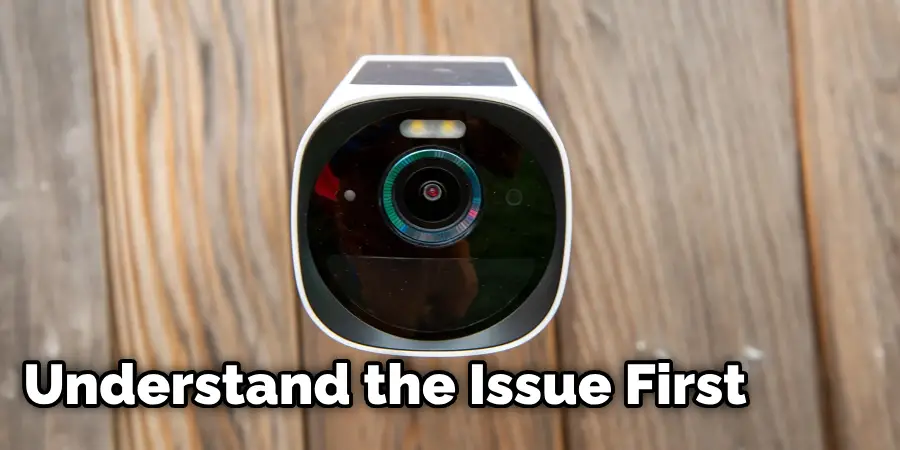
This is interpreted as a movement, resulting in a false alert. Furthermore, spiders, attracted by the presence of these bugs, can build webs close to or directly on the camera. The constant movement of the web in the wind or due to the spider’s activities can also set off false alarms. Understanding this issue is the first step towards finding effective solutions to prevent bugs from triggering your motion cameras.
Things Need to Consider Before Stopping Bugs from Triggering Motion Camera
Before implementing any solutions, it’s crucial to consider a few factors that can affect the effectiveness of your motion camera in detecting and preventing bugs from triggering false alarms.
- Placement: The placement of your motion camera plays a significant role in its ability to detect human movement accurately while minimizing the chances of bug-triggered alerts. Avoid placing the cameras near light sources or trees where bugs are likely to congregate. Instead, aim for an elevated position with minimal obstructions.
- Sensitivity Settings: Most motion cameras come with adjustable sensitivity settings, allowing you to fine-tune the level of movement detection. Lowering the sensitivity can help reduce false alarms caused by bugs while still detecting human movement.
- Regular Maintenance: Ensure that your motion camera is regularly cleaned and maintained to prevent bugs from building webs or nesting on or around it. Regularly check for any debris, spider webs, or insect activity and remove them promptly.
10 Methods on How to Stop Bugs from Triggering Motion Camera
Method 1: Adjust the Sensitivity of your Motion Camera
Most motion cameras come with adjustable sensitivity settings. By decreasing the sensitivity, you can reduce the chances of bugs triggering the motion sensor. However, be careful not to decrease it too much as this may lead to missed detection of actual intruders.
Method 2: Change the Placement of your Camera
The placement of your camera plays a crucial role in preventing false alarms triggered by bugs. Keep your camera away from areas with high insect activity, such as outdoor lights, trees, and bushes. Installing the camera at a higher angle or further away from these areas can also help.
Method 3: Clean and Maintain your Camera Regularly
Regularly cleaning your motion cameras is essential to keep them in optimal condition and prevent bugs from triggering them. Use a soft, dry cloth to wipe away any dust, spider webs, or debris that may have accumulated on or around the camera.
Method 4: Install Insect Repellent Lights
Installing insect-repellent lights near your motion cameras can help to keep bugs away. These lights emit a yellow or amber light that is less attractive to insects compared to traditional white light.
Method 5: Use Motion Sensor Covers
Motion sensor covers are specifically designed to prevent bugs from triggering the sensors. They have a mesh screen that allows air and light to pass through but keeps bugs out.
Method 6: Keep Outdoor Lights Away from your Cameras
Outdoor lights can attract bugs, so it’s best to keep them away from your motion cameras. If possible, use smaller lights or place them at a distance from the camera’s field of view.
Method 7: Utilize Motion Zones
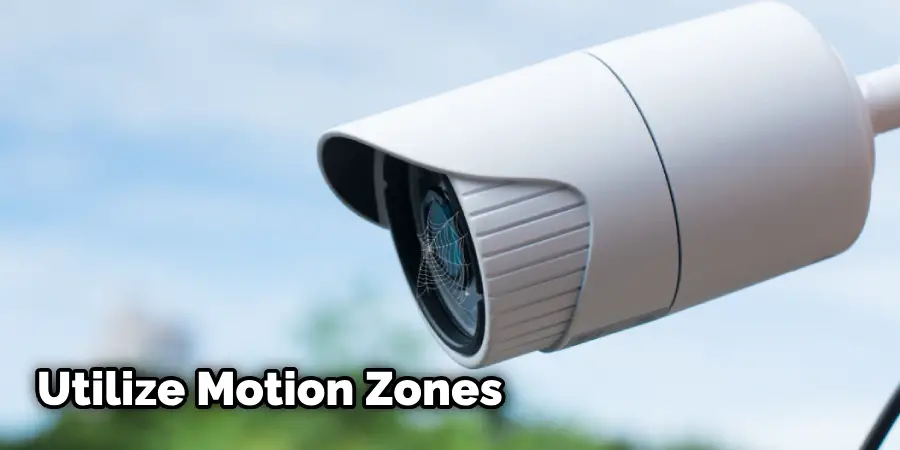
Some advanced motion cameras allow you to set specific zones for detection. By configuring these zones, you can exclude areas with high insect activity and reduce the chances of false alarms.
Method 8: Use a Bug Spray or Insect Repellent
If all else fails, you can use bug spray or insect repellent around the perimeter of your cameras. This will create a barrier that insects are less likely to cross, decreasing the chances of them triggering your motion cameras.
Method 9: Upgrade to an AI-Powered Motion Camera
Some newer models of motion cameras come with advanced Artificial Intelligence (AI) technology. These cameras can distinguish between different types of movement, such as bugs flying or leaves rustling, and only trigger alerts for potentially suspicious activity.
Method 10: Contact the Manufacturer
If you are still experiencing frequent false alarms despite trying the above methods, it may be best to contact the manufacturer for additional support. They may have specific recommendations or offer a replacement for your camera if the issue cannot be resolved.
By following these tips and solutions, you can prevent bugs from triggering your motion cameras and ensure the optimal functioning of your home security system.
Actions to Consider Based on Weather Conditions
Rainy/Snowy Weather
In wet weather conditions, bugs may seek shelter on or around your motion cameras. Regularly check for any debris or insect activity and clean them promptly.
Windy Weather
Strong winds can cause leaves and branches to move rapidly, triggering false alarms on motion cameras. Consider adjusting the sensitivity levels during windy weather to compensate for this movement.
Hot and Humid Weather
Insects tend to be more active in hot and humid weather, increasing the chances of false alarms on your motion cameras. In addition to implementing the methods mentioned above, consider using an insect repellent or placing a fan near your cameras to deter bugs from gathering around them.
Advanced Techniques & Gadgets to Prevent Bugs from Triggering Motion Cameras
Motion Sensor Filters
Some advanced cameras offer motion sensor filters designed specifically to distinguish between the movements of humans and insects. These filters employ sophisticated algorithms to analyze the size, speed, and pattern of the moving object. While these filtering techniques are generally effective, they are not foolproof. For instance, they may struggle to accurately differentiate between a small bird and a large insect or between the movements of a person in the distance and a bug close to the camera. Therefore, while motion sensor filters can significantly reduce the occurrence of false alarms, they cannot completely eliminate them.
AI-Powered Detection
In recent years, AI-powered smart cameras have been gaining popularity in the home security market. These smart cameras leverage machine learning algorithms to differentiate between people, animals, and insects. Despite the remarkable strides made in this field, the technology is still in its infancy and is not without its limitations. For instance, harsh environmental conditions or unusual animal behavior may still trigger false alarms. However, as the technology matures, we can expect smart cameras to become more accurate and reliable in distinguishing between different types of movement, vastly reducing the incidence of false alarms.
Ultrasonic Repellents
Ultrasonic repellents are devices that emit high-frequency sounds that are inaudible to humans but irritating to insects. These devices can be an effective way to keep bugs away from your motion cameras. When choosing an ultrasonic repellent, consider factors such as the range of the device, its weather resistance, and its power source. Ideally, the repellent should be installed close to your motion cameras but not in the camera’s field of view to prevent any interference with the camera’s operation. Remember to check local regulations before installing these devices, as some areas may have restrictions on their use due to potential impacts on non-target wildlife.
How to Avoid Common Mistakes While Stopping Bugs from Triggering Motion Camera
1. Not Understanding the Issue Fully
Before implementing any solutions, it’s essential to understand the issue fully and what causes bugs to trigger your motion cameras. This will help you choose the most effective solutions for your specific situation.
2. Adjusting Sensitivity Too Low
While lowering the sensitivity of your motion camera can reduce false alarms caused by bugs, setting it too low may result in missed detection of actual intruders. It’s essential to find the right balance to ensure the optimal functioning of your camera.
3. Not Regularly Maintaining Your Camera
Regular maintenance is crucial for keeping your motion cameras in optimal condition and preventing bugs from triggering them. Neglecting this can lead to recurring false alarms and potential damage to your camera.
4. Using Insect Repellent Lights Improperly
While insect-repellent lights can be effective in keeping bugs away from your cameras, using them improperly may result in attracting even more insects. It’s essential to follow the manufacturer’s instructions and placement guidelines for optimal results.
5. Not Utilizing Motion Zones
Motion zones can significantly reduce false alarms caused by bugs. Therefore, not utilizing this feature can lead to unnecessary alerts and disruptions.
6. Overlooking the Importance of Placement
The placement of your motion cameras is crucial in preventing bugs from triggering them. Ignoring this factor may result in continued false alarms and frustration.
7. Not Considering Upgrading to an AI-Powered Camera
If you frequently experience false alarms due to bugs, consider investing in an AI-powered motion camera. These cameras can accurately distinguish between different types of movement and prevent unnecessary alerts.
By avoiding these common mistakes and implementing the right solutions, you can effectively stop bugs from triggering your motion cameras and ensure the optimal functioning of your home security system.
Regular Maintenance Tips for Your Motion Cameras
1. Clean the Camera Regularly
As mentioned earlier, regular cleaning of your motion cameras is essential to prevent bugs from triggering them. Schedule a routine cleaning at least once every three months or more frequently if you live in an area with high insect activity.
2. Check for Damage
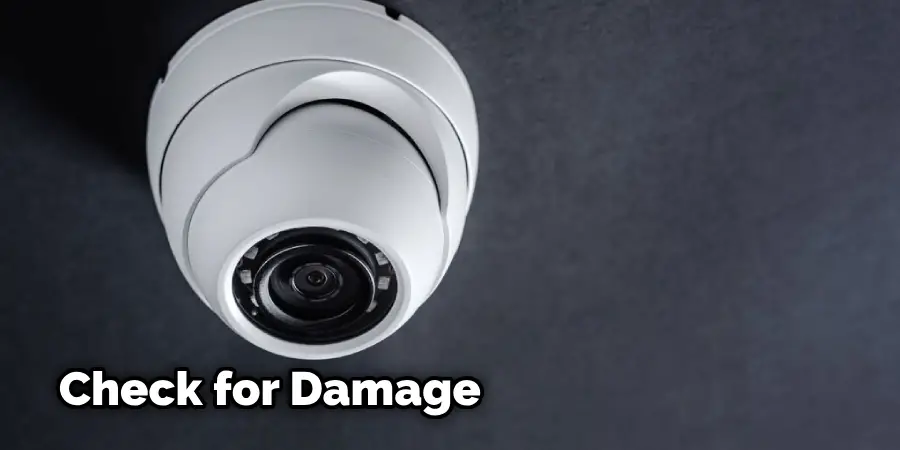
Inspect your camera for any signs of damage, such as cracks or water damage, and address them promptly. This will not only prevent false alarms but also extend the lifespan of your camera.
3. Test Your Camera’s Detection
Regularly test your motion camera’s detection by walking in front of it and ensuring that it triggers as expected. If you notice any issues, such as delayed detection or missed alerts, troubleshoot the problem immediately.
4. Replace Batteries as Needed
If your motion camera runs on batteries, make sure to replace them as needed to ensure optimal performance. Low battery levels can result in false alarms or a complete failure of the camera.
5. Keep Surrounding Area Clean
In addition to regularly cleaning your camera, it’s essential to keep the surrounding area clean and free from any potential obstructions. This includes trimming bushes and trees that may block the camera’s view or attract insects.
6. Update Firmware
Check for any available firmware updates for your motion camera and install them as needed. These updates often include bug fixes and improvements that can help prevent false alarms caused by bugs.
By following these regular maintenance tips, you can ensure the optimal functioning of your motion cameras and minimize the chances of bugs triggering them.
Conclusion
In conclusion, dealing with false alarms triggered by insects on your motion cameras can be a frustrating experience. But by understanding the underlying issue, applying practical solutions, and avoiding common mistakes, you can effectively combat this problem.
This involves regular maintenance of your cameras, correctly adjusting sensitivity, strategic placement, and even considering an upgrade to AI-powered technology.
Remember, the key lies in striking a balance between preventing false alerts and ensuring your security system remains effective for its primary purpose – detecting potential threats. Keep exploring and employing these strategies to enjoy a bug-free and efficient home security system. Thanks for reading this article about how to stop bugs from triggering motion camera.

